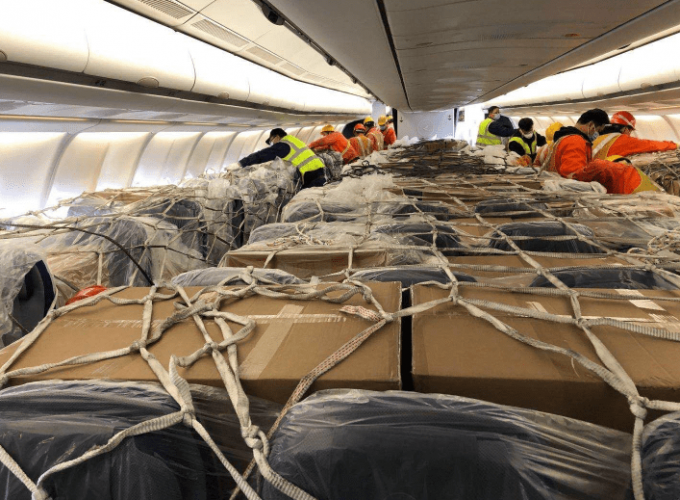Loadstar Podcast | January 2025 | Container shipping 2025: Hapag-Lloyd outlook, Swire’s transpacific strategy and Scan Global insight
In this special episode of The Loadstar Podcast, host Mike King unpacks a turbulent start ...

Air cargo industry sources have played down the impact on capacity resulting from the end of cargo-in-cabin easements on 31 July.
Allowing cargo to be flown in passenger cabins was an exceptional measure introduced by the European Aviation Safety Agency (EASA) during the Covid pandemic.
Meanwhile, although the market is in a bit of a summer lull, it is expecting a peak season – although it won’t be as strong as those of the past couple of years.
James Cristofoli, cargo director at ...
USTR fees will lead to 'complete destabilisation' of container shipping alliances
Outlook for container shipping 'more uncertain now than at the onset of Covid'
Flexport lawsuit an 'undifferentiated mass of gibberish', claims Freightmate
Cancelled voyages take the sting out of spot rate declines this week
Shippers warned: don't under-value US exports to avoid tariffs – 'CBP will catch you'
New Houthi warning to shipping as rebel group targets specific companies

Comment on this article